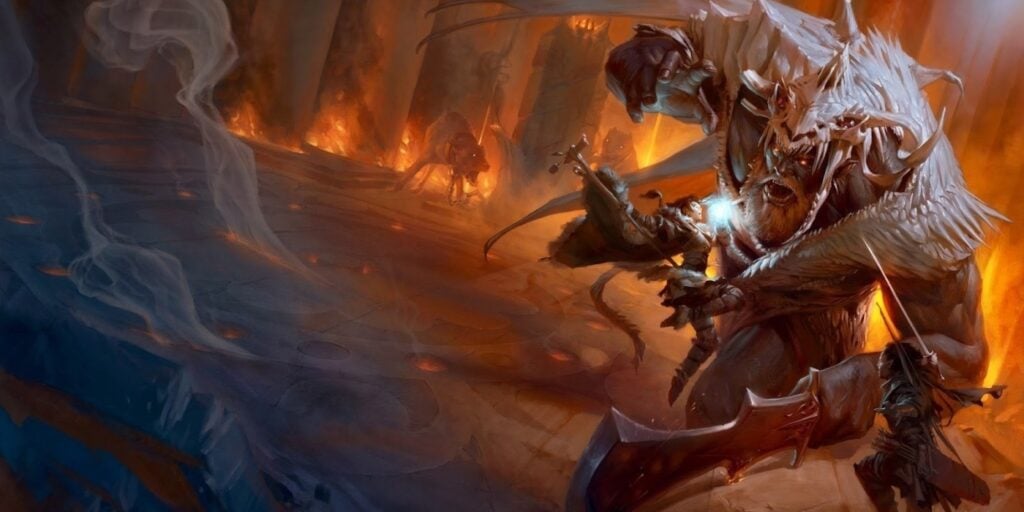D&D’s New Player’s Handbook Hits Today, Marks The End Of An Edition
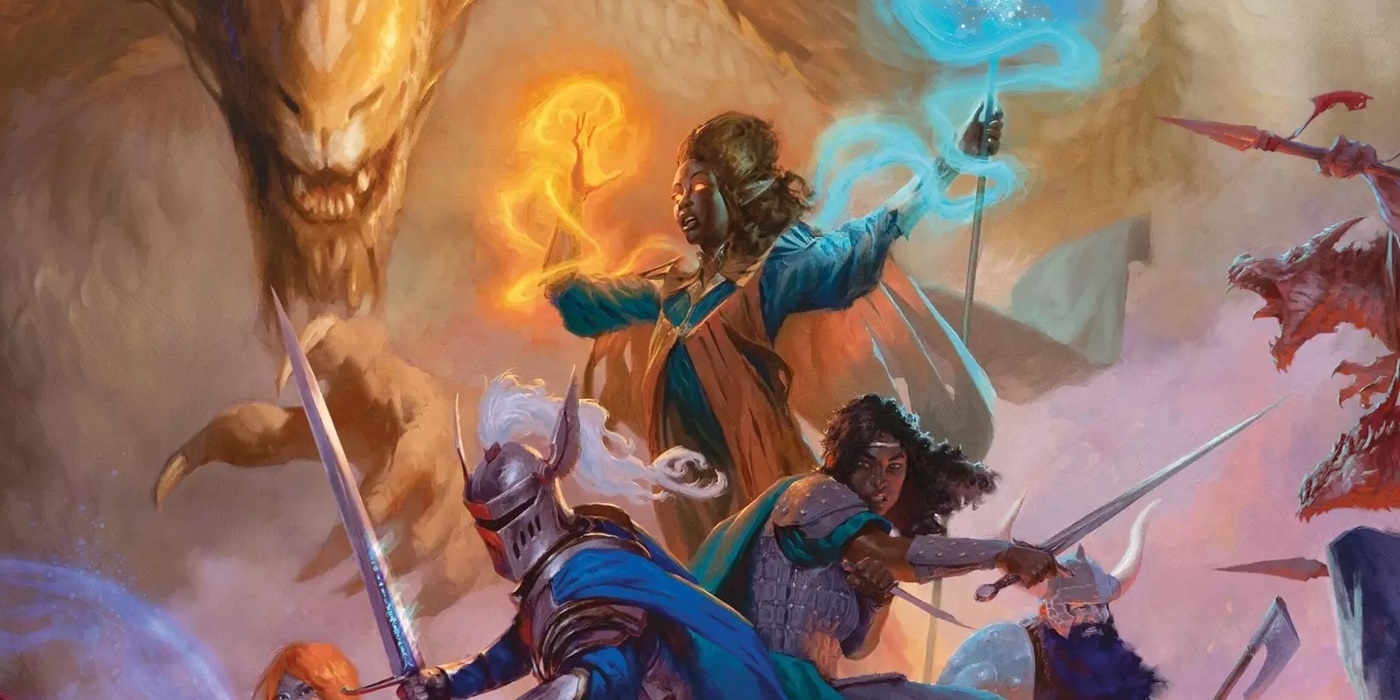
The new D&D Player’s Handbook is here at last. With it, the dawning of a new edition, sort of. Is it worth all the fuss? The hype? The $70?
The new Dungeons & Dragons Player’s Handbook is out today. And with it comes the dawning of a new era. Some would say a new edition. I would say a new edition. Because, make no mistake, these rules are different enough that it’s not just a “software update.” If D&D were a video game, this update would be the “2.0” update, which fundamentally changes the way some of the stuff works while not necessarily moving away from the same engine.
Kind of like when Cyberpunk 2077 finally decided to be anywhere close to the game they talked about during the original release and then kept getting better and better with more substantive patches.
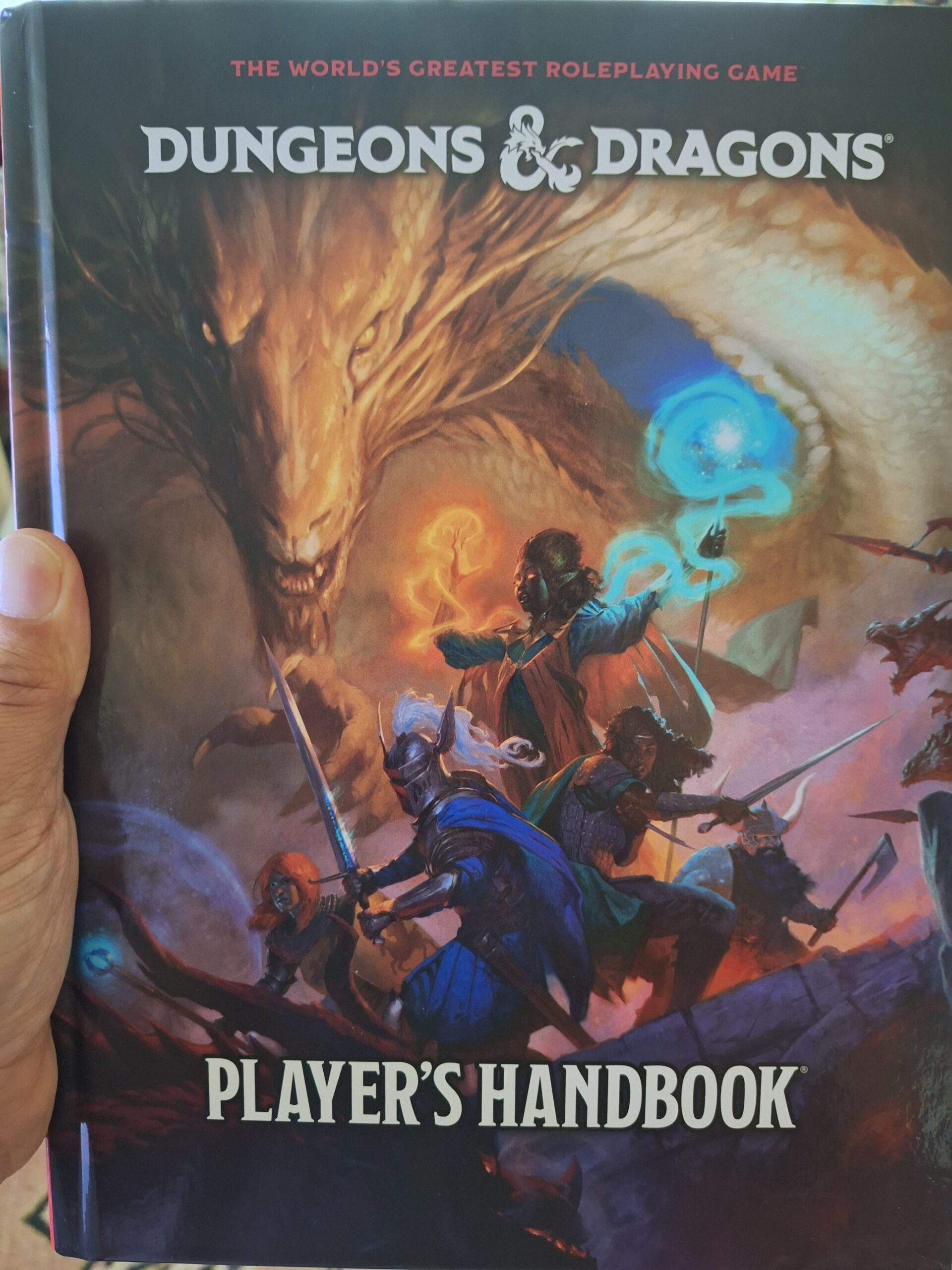
But ultimately the new edition is a refinement of D&D, not a huge divergence from it. It isn’t a huge leap in terms of style and presentation like 4th Edition was, but it is a refinement and evolution of the design philosophies of “5th Edition” for better and also for worse.
D&D’s New Player’s Handbook – The Good
One of the first things you’ll notice as you dig through the new Player’s Handbook is that characters, pretty much across the board, feel a lot stronger now. Monks and Barbarians and Sorcerers and Bards feel like they’ve won something. But no class should be sad, not even Rangers.
It feels like whatever constraints there were about player characters feeling powerful have been lifted a little bit. There’s a prevailing sense in the book of: if you have a cool thing your class can do, you should be able to do it many times per day.
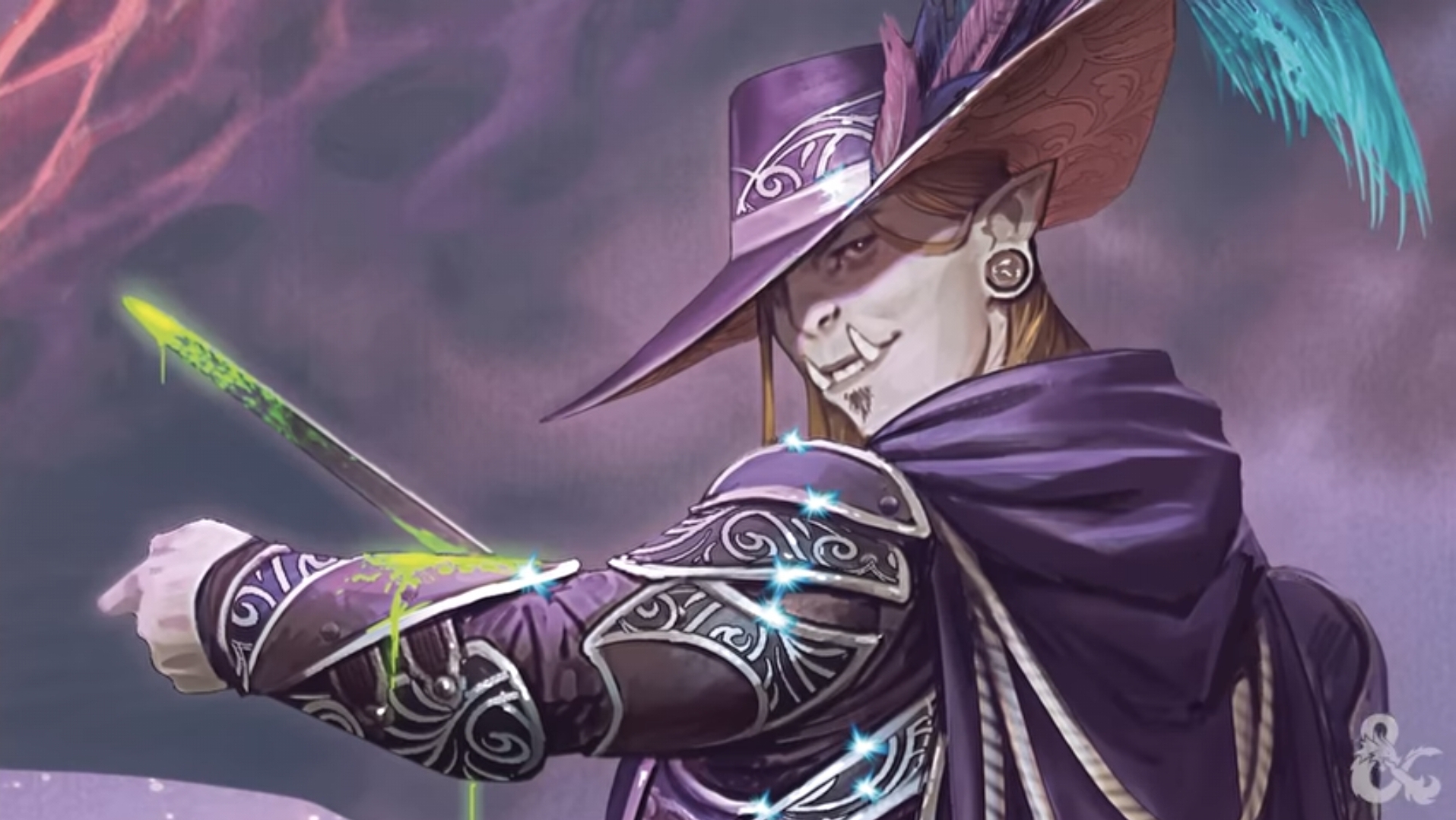
Also, the Core Rules have been overhauled. A lot of little weird, fiddly things have been smoothed out. Both Players and DMs have a lot more guidance on how things work now, which is pretty handy. Some things that apparently needed spelling out got spelled out, like a creature can be “unwilling” to do something, and no amount of high charisma Persuasion checks will change their mind.
Other Changes
Rules for spellcasting have been adjusted. We’ve talked a little about how that all works now. Classes level up basically the same for the first three levels, marking a slow unfolding into the full potential of your class/subclass. All the stuff that felt very D&D, especially D&D 5E, is still here. And in many cases, it’s been refined. Made sharper. Clearer.
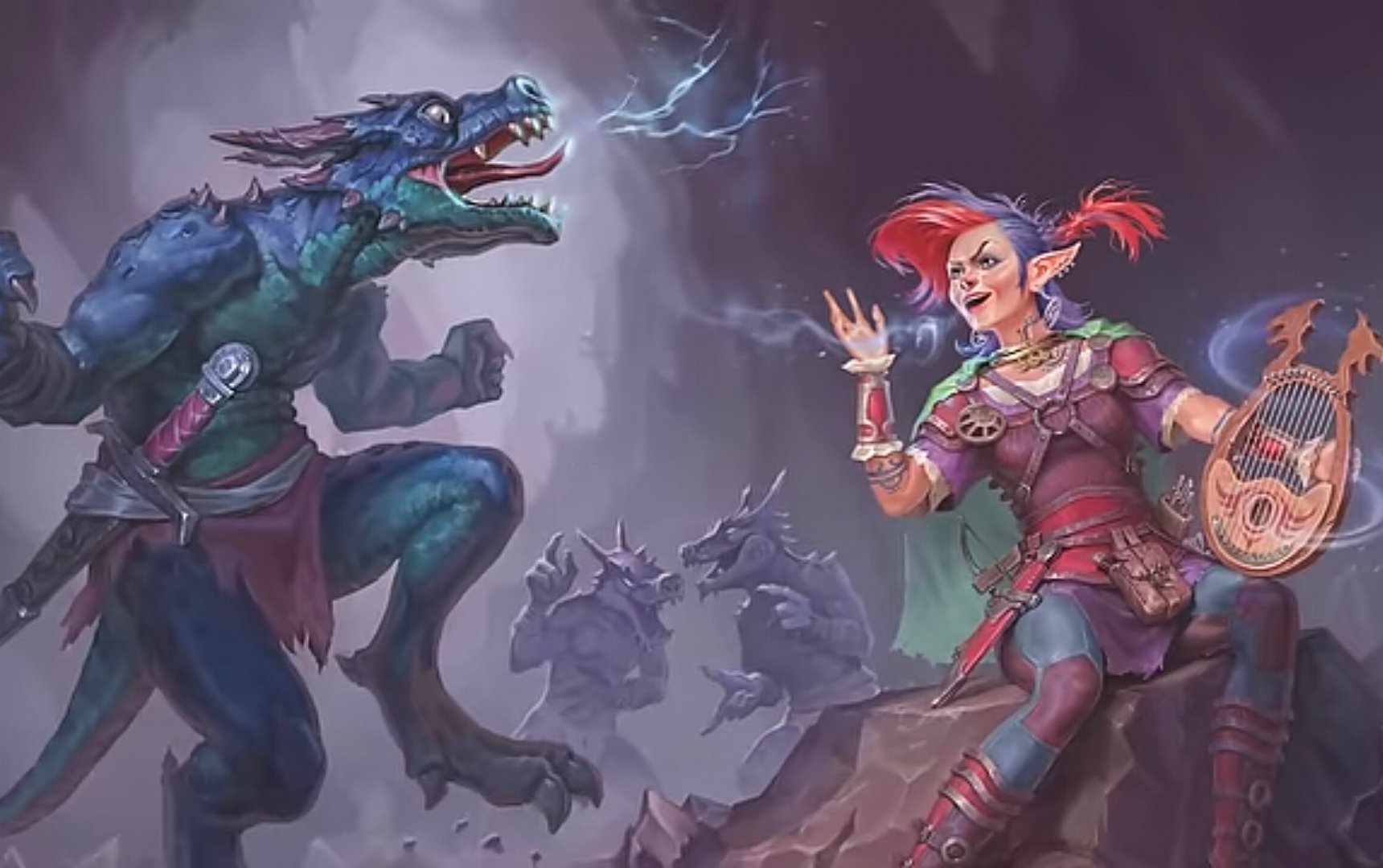
If you were playing a Fighter before, for instance, you’re now more Fighter-y. You have weapon masteries that let you do cool things every time you roll a d20 to make an attack. There’s more than one “good option” for characters to fight with. The math maths even harder than it mathed before.
And if you’re playing a Spellcaster? Oh boy, the spells have been updated across the board. Weaker spells got upgrades, spells that were maybe too good are kinda still too good, and new spells showed up that blow everything else out of the water if you exist in a perfect white void where all of your attacks hit.
And what’s more, the book wants you to play. It encourages it at every turn.
The New PHB Wants You To Play
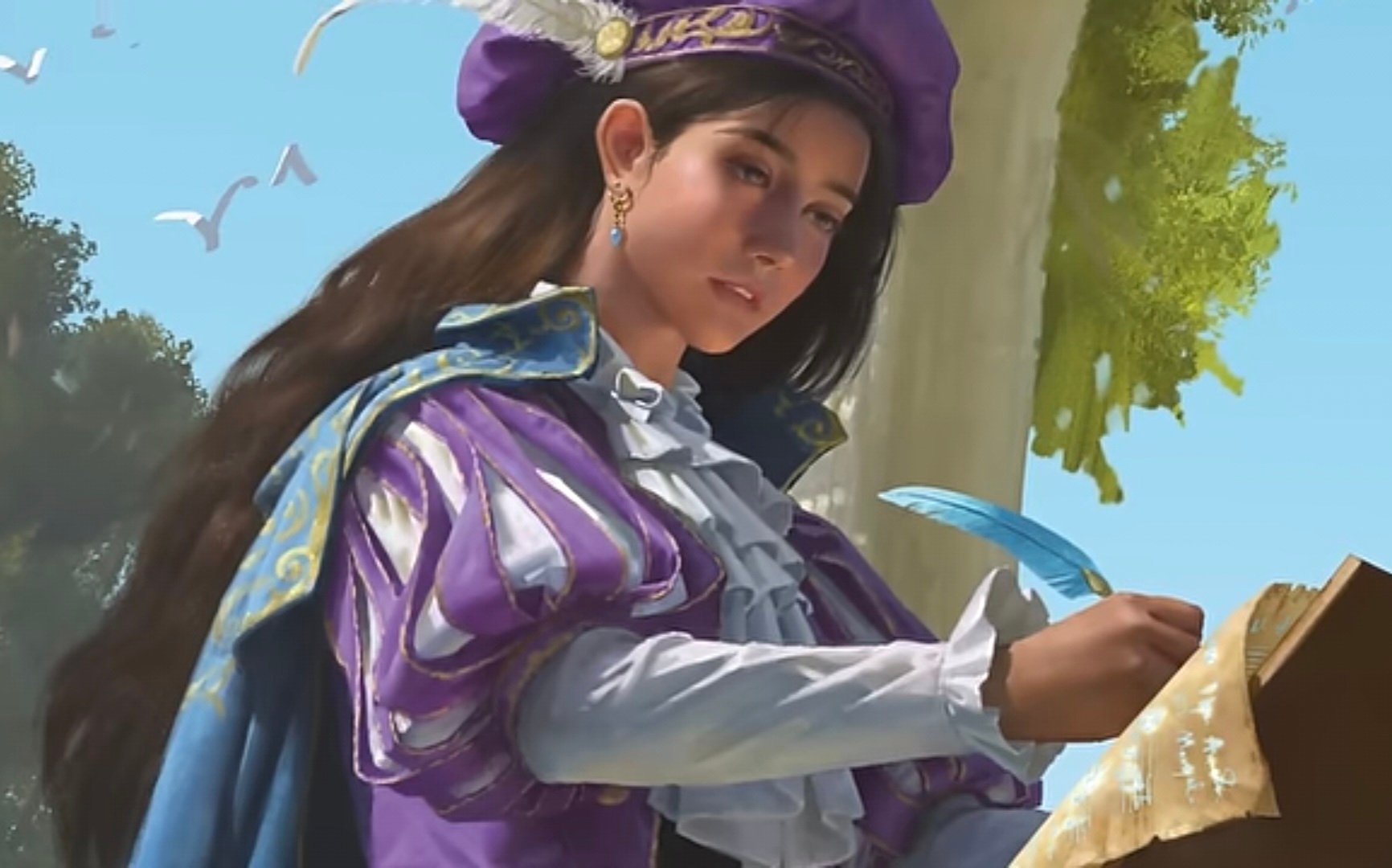
One of the things that I love most about the new Player’s Handbook is how much it wants you to play. It’s not just in the artwork or the new rules. It’s an ethos that runs throughout the book.
Starting with the way it’s laid out. The book starts off by taking you through what the game is like, and how you can play it, instead of tossing you feet first into the deep end of “make a fantasy character” and hoping for the best.
I don’t know that there’s ever been a more accessible version of D&D out there. It’s easy to imagine showing this Player’s Handbook to someone who’s never heard of RPGs and not needing to do much else to get them into the game. Which is incredible! It’s going to be huge for the audience, I think. And hopefully that shakes out to you finding it easier to find folks to play with.
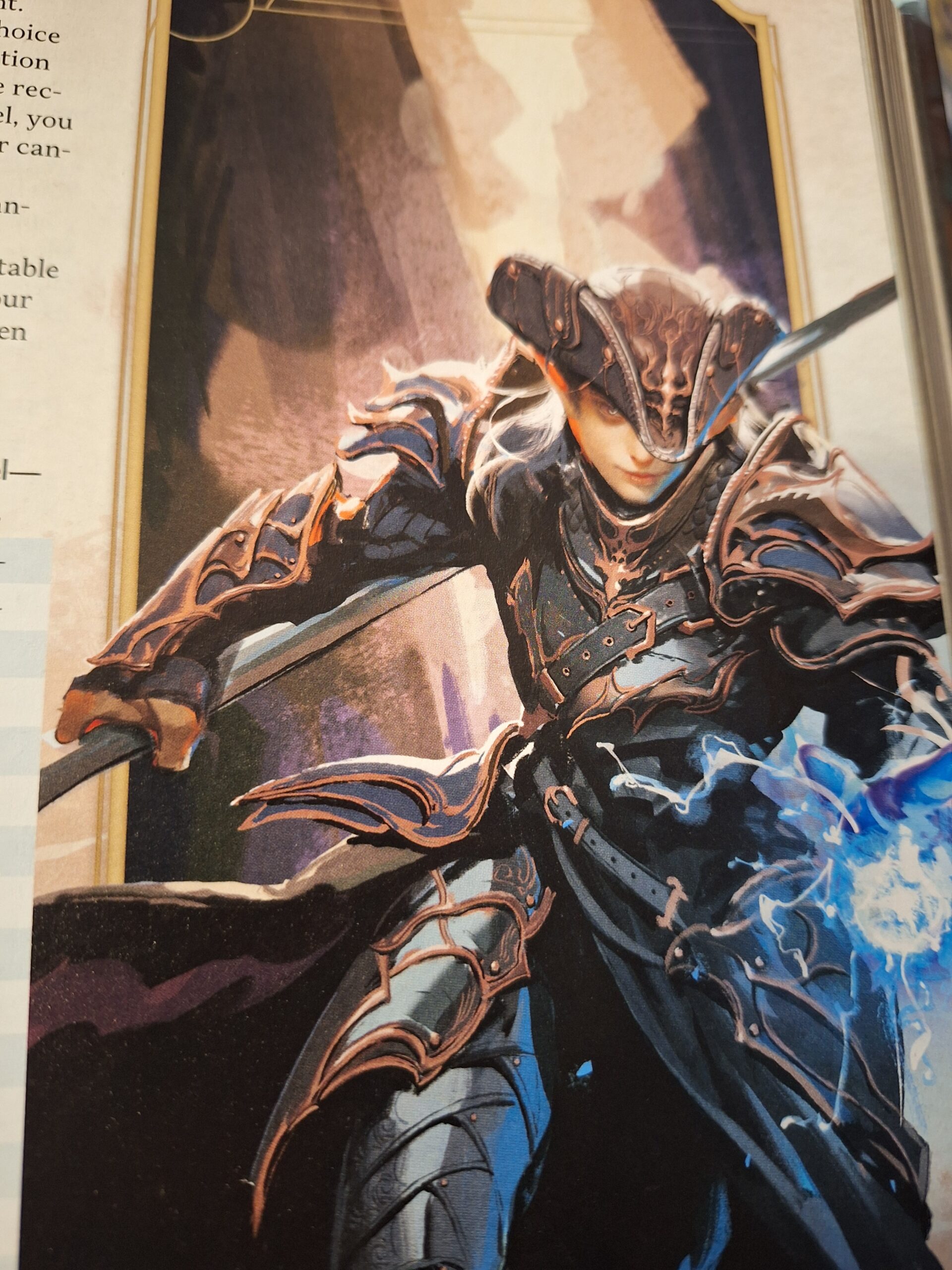
But it’s not just new players that have something inspiring here. Veteran players will have new stuff to get excited about. This is a system that wants to be taken out and put through the paces. There are exciting new ideas to try with Monks and Barbarians, for instance. All the classes have something a little extra to play around with.
It’s everything about D&D sort of distilled into “more D&D.” There’s a lot that’s new – but also a lot that feels the same. Playing a Monk in 5E and 5.5E isn’t all that different; one is just a little better than the other. And is that what you’re hoping for in this edition of the game? That’s exactly what you get.
D&D 5.5E Player’s Handbook – The Bad
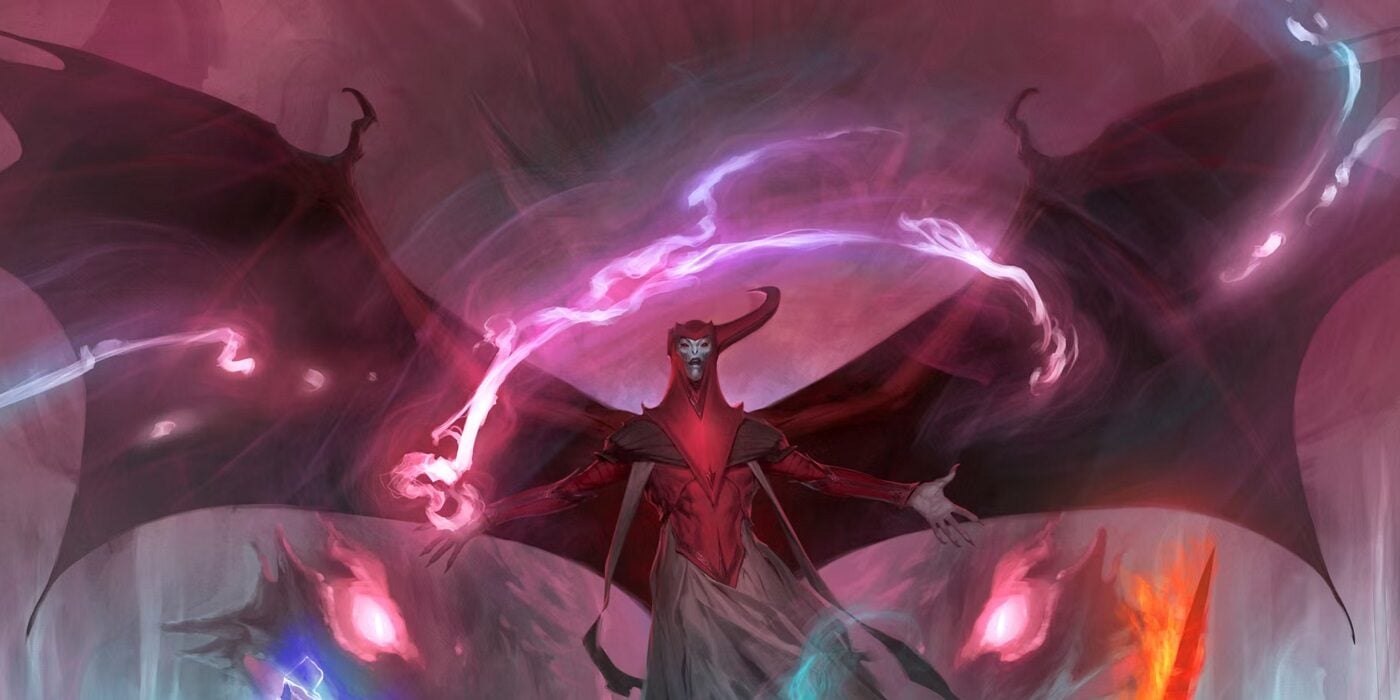
If you’ve played D&D at all and interacted with folks online, you’re probably familiar with the laundry list of complaints leveled at some of the systemic issues in D&D: Nonspellcasting characters often feel left behind once Spellcasting characters take off, especially when it comes to doing things outside of combat.
The idea that “exploration is a big part of the game” is kind of a joke that gets some lip service mechanically but is by and large up to the DM to adjudicate in a way that’s deep and meaningful. Or heck, that a lot of the game depends on the DM.
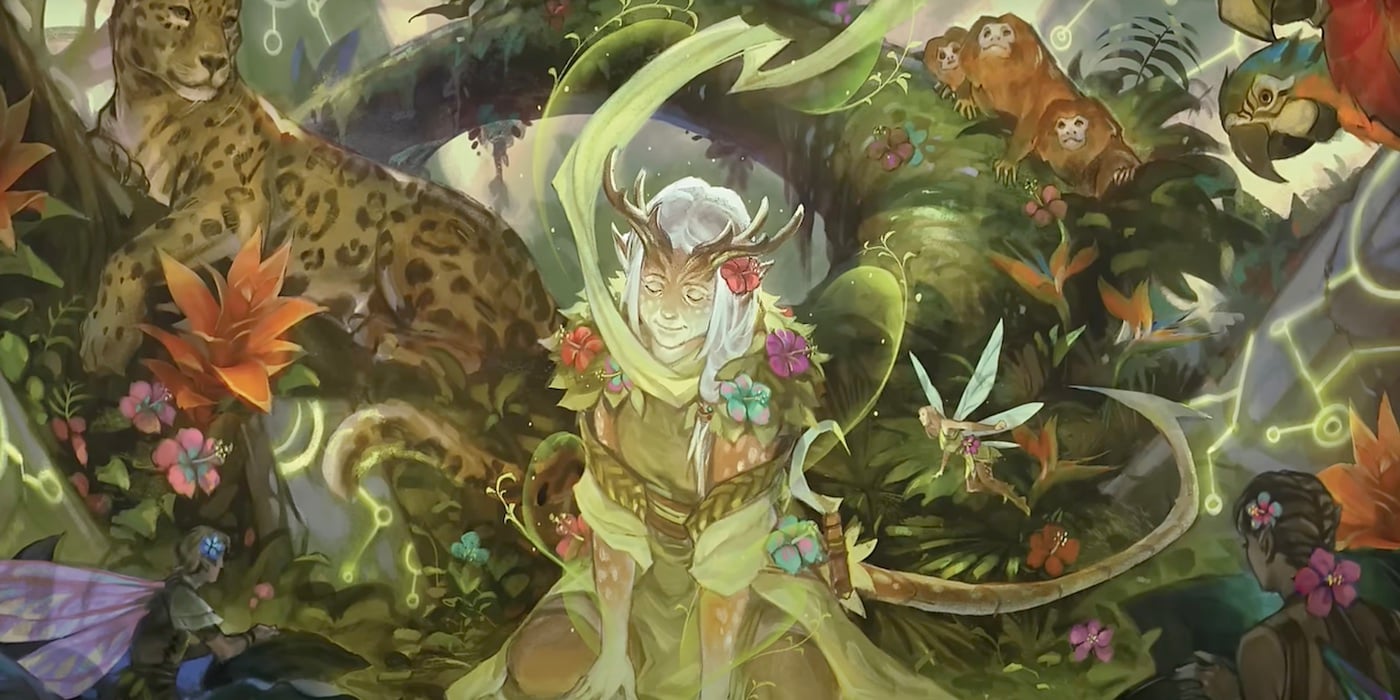
All of those things are still true. This edition of the rules isn’t a big departure. It’s a condensing, distilling – you’re still playing D&D, and it still feels very much like you’re playing 5th Edition.
Which is why I keep thinking of the 3.0 to 3.5 comparison; that was a refinement of the game but it didn’t feel fundamentally different, it didn’t take big, risky swings with its design the way that 2nd to 3rd did. Or, the way that 3rd into 4th into 5th Editions did. Risk isn’t always inherently good. Sometimes you just want a nice sequel that gives you more of what you already want.
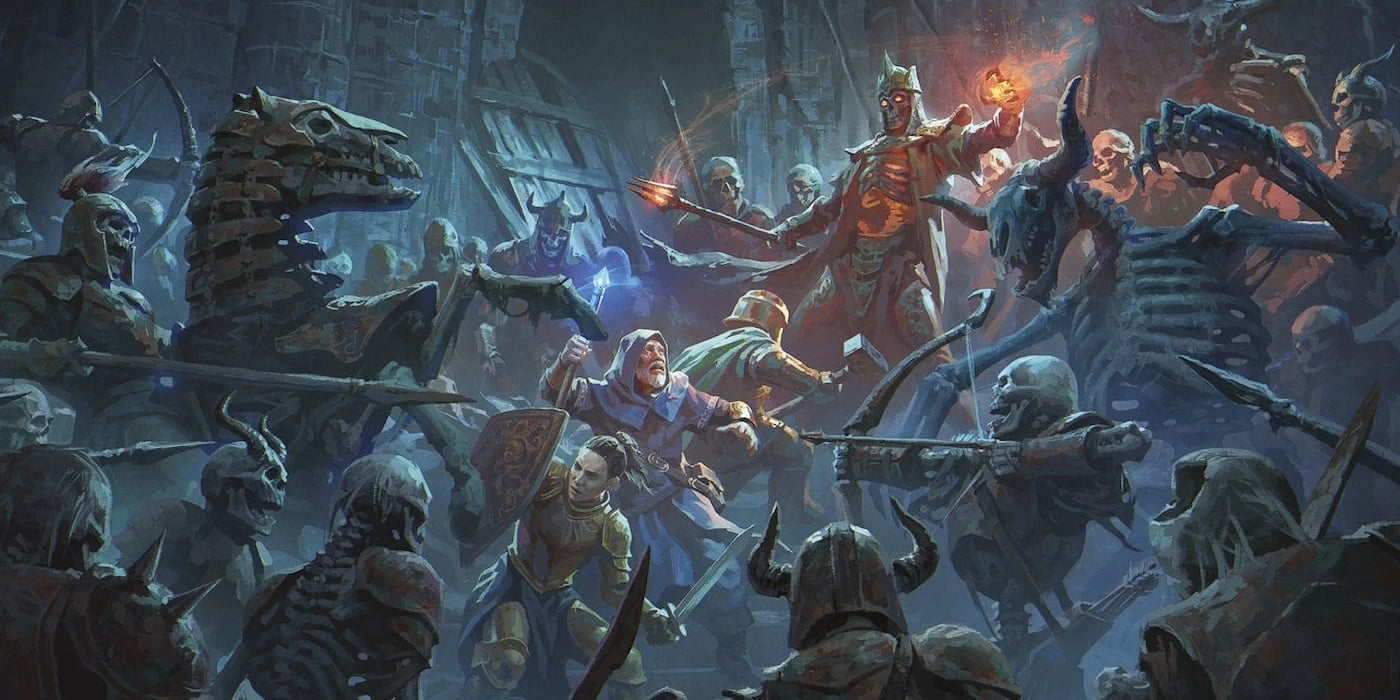
But if you were looking for something that solves the problems of D&D – this isn’t it. It’s still D&D, warts and all. I think it has to be – I don’t know that you’ll see another big risky swing now that WotC is growing and more in the corporate spotlight. They have pressure to satisfy shareholders and deliver a profitable product, not to make a good game, let alone one that feels new and innovative.
In fact, in a lot of ways, that kind of risk-taking flies in the face of bringing in more money for investors. Just look at D&D modules over the last few years, how many really feel like they were wild and different?
Other Books
The biggest brand-name modules, Dragonlance, Vecna: Eve of Ruin, they were all kind of nothing burgers, ultimately. A wash of saminess – grist for the mill. The most exciting releases, to me, were ones where the risks were already taken thirty and forty years ago.
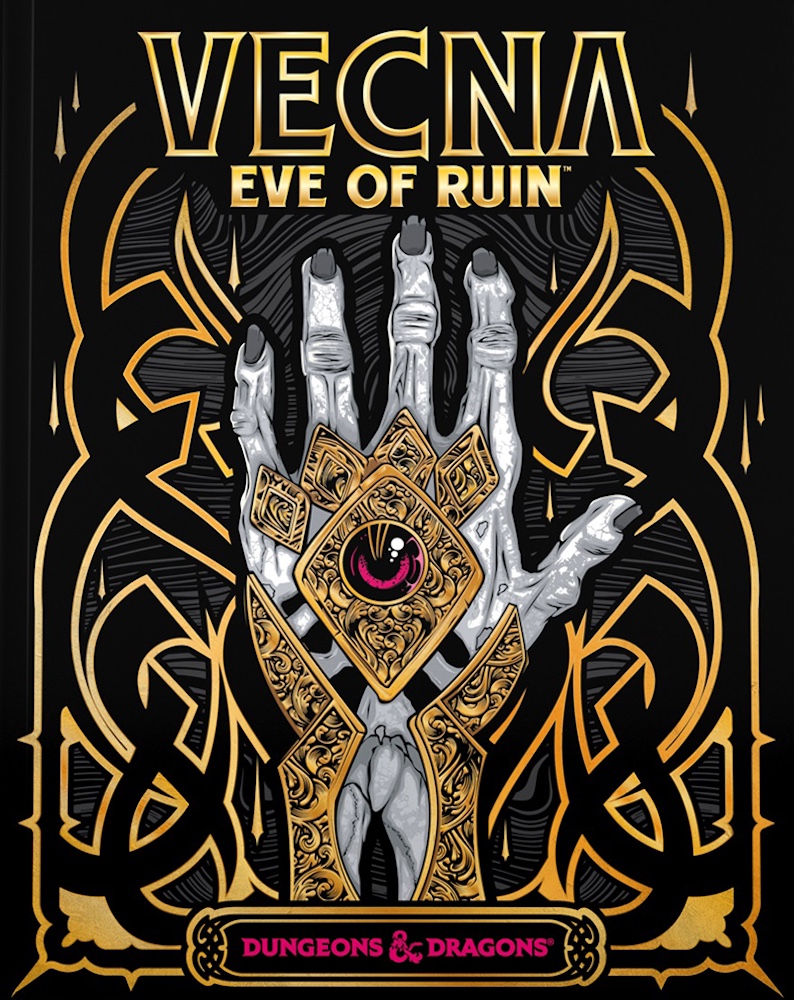
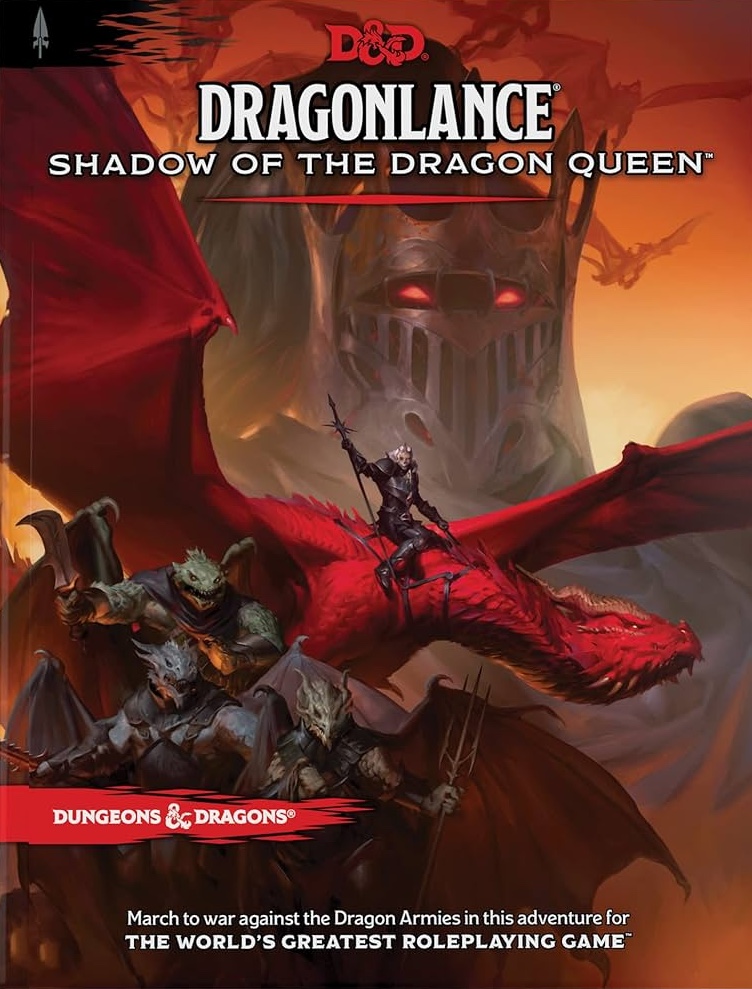
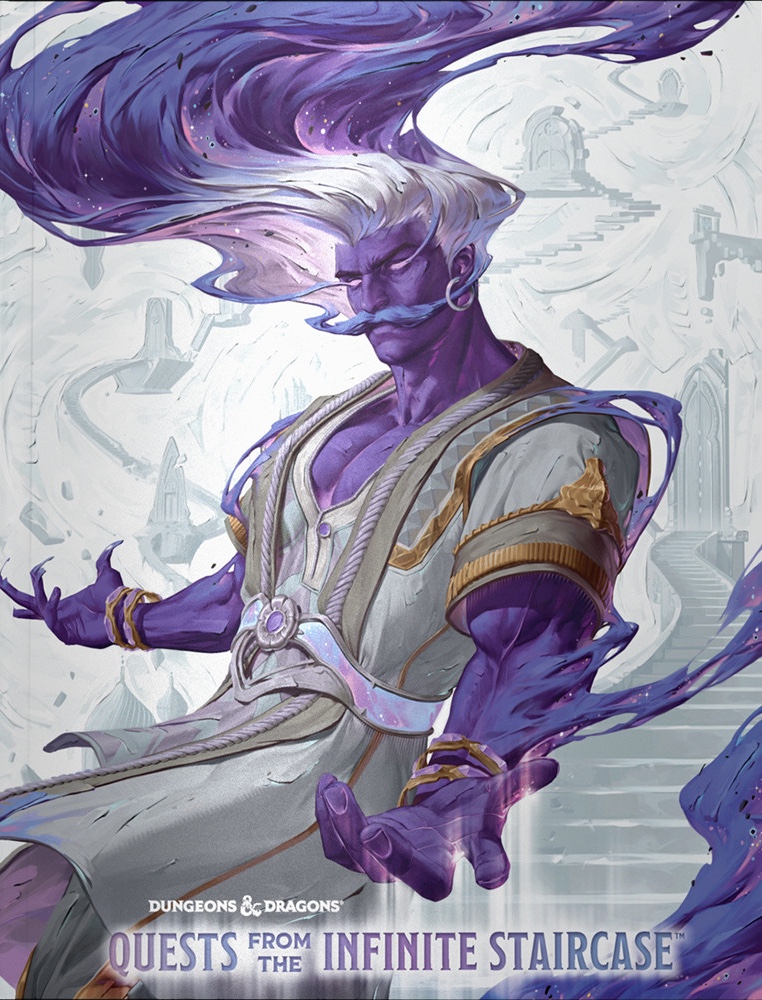
Quests from the Infinite Staircase exemplifies this. That book is fantastic, and it’s full of weird little adventures that popped up during one of the big D&D rushes where they had both the freedom and the impetus to try and be weird and experimental.
Same with books like Ghosts of Saltmarsh. I don’t know of too many official WotC books that are exploring any new ground, maybe Journeys through the Radiant Citadel. But a lot of what we’re seeing is D&D’s past sort of held up as a nostalgic boon and an example of what the game can be like. But there isn’t much else that feels that way.
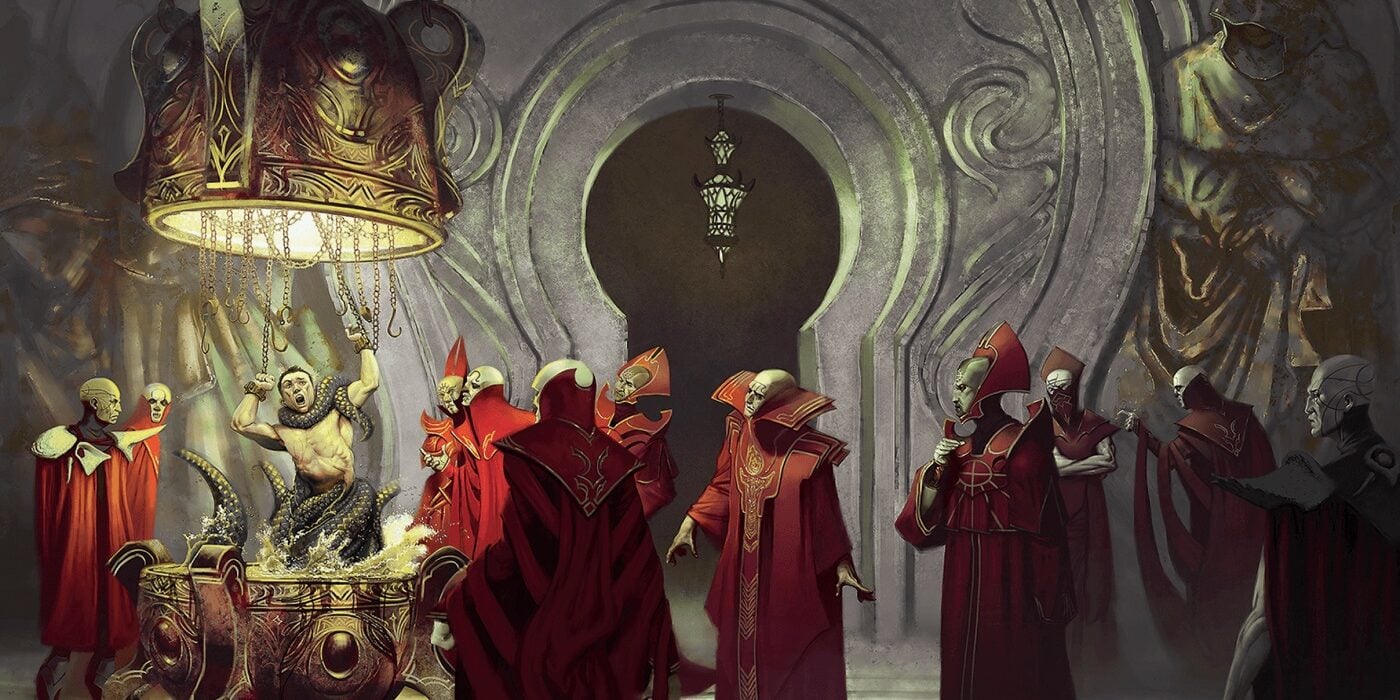
Contrast to the beginning of D&D 5E’s life cycle, back when the new edition had to succeed, or that might have been it. The financial fumble and mismanagement of 4th Edition set up a lot of pressure on the new rules – and you saw big swings. Adventures like Dead in Thay, which was a playtest adventure, felt like they were pushing what D&D could do. I hope we see more of that from the designers – they can clearly do good stuff when they’re allowed. Maybe the pressure of Project Sigil will allow for some less “safe” moves.
But the new Player’s Handbook by itself doesn’t necessarily directly address some of the systemic issues of D&D. Exploring. Things for player characters to do in the world when they take their own interest – a lot of that is up to the DM. But that’s also kind of how it’s always been.
The New Player’s Handbook – The Ugly
There’s really nothing ugly about the book itself. The design team worked real hard on this, and the artists went all out for the 50th anniversary. No, the only ugly thing here is that the layout on the D&D Beyond version is so cluttered and awful in comparison. The physical book reads like a dream. There’s a logical sense to everything.
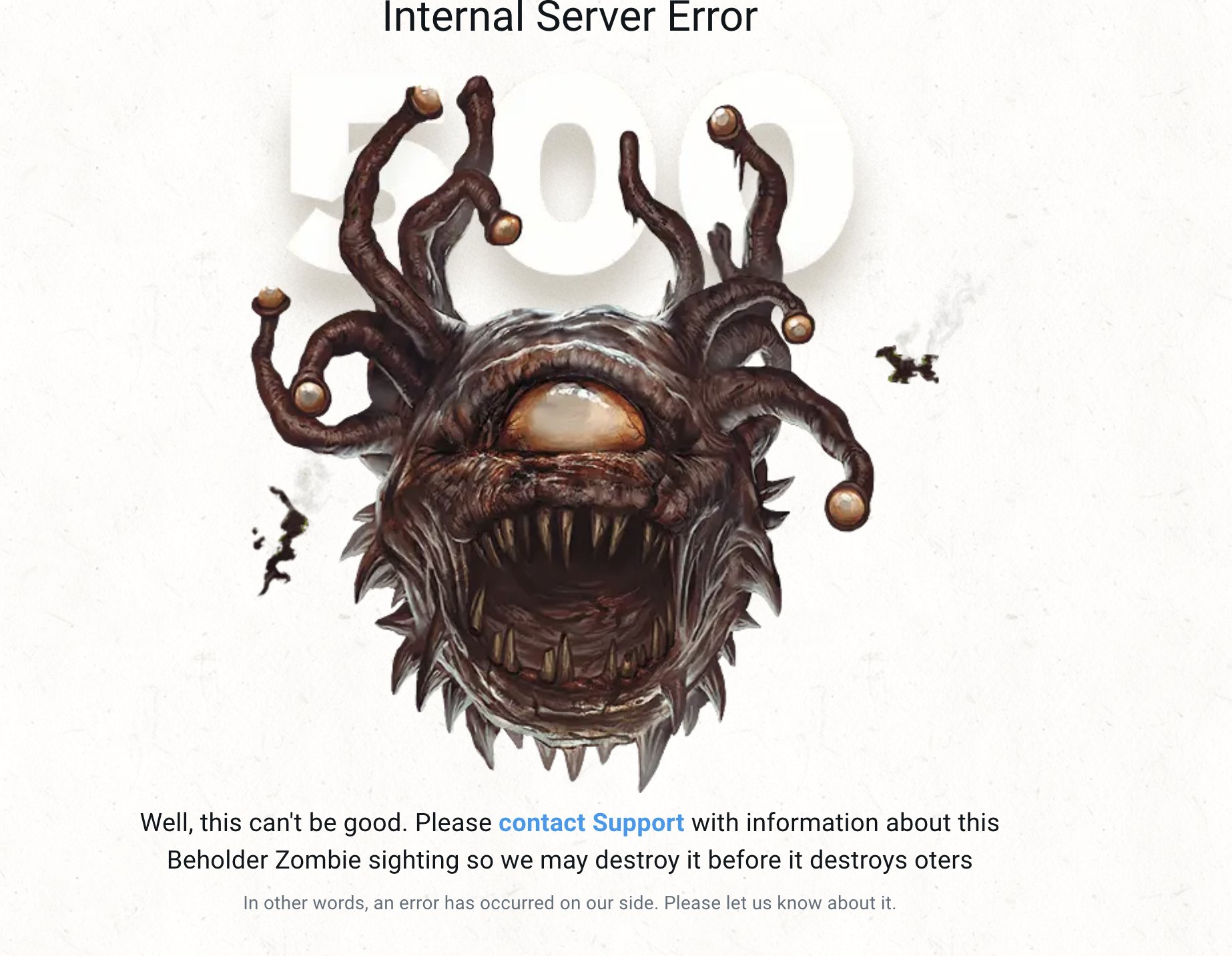
D&D Beyond Makes Mistakes
The D&D Beyond version is kind of like the laundry chair, where everything’s definitely there, and it’s all clean. Make no mistake, it’s just you have to pick through the layers to find the shirt that you want to wear.
And also, if the servers go down, or if WotC decides they don’t want D&D Beyond anymore, or if the service fails, or is sunset or whatever, then you don’t have your book any more. Because buying digitally isn’t actually “buying” you’re just “licensing the rules” for a little while. It isn’t just Ubisoft that wants you to “be comfortable” with the idea of not owning anything.
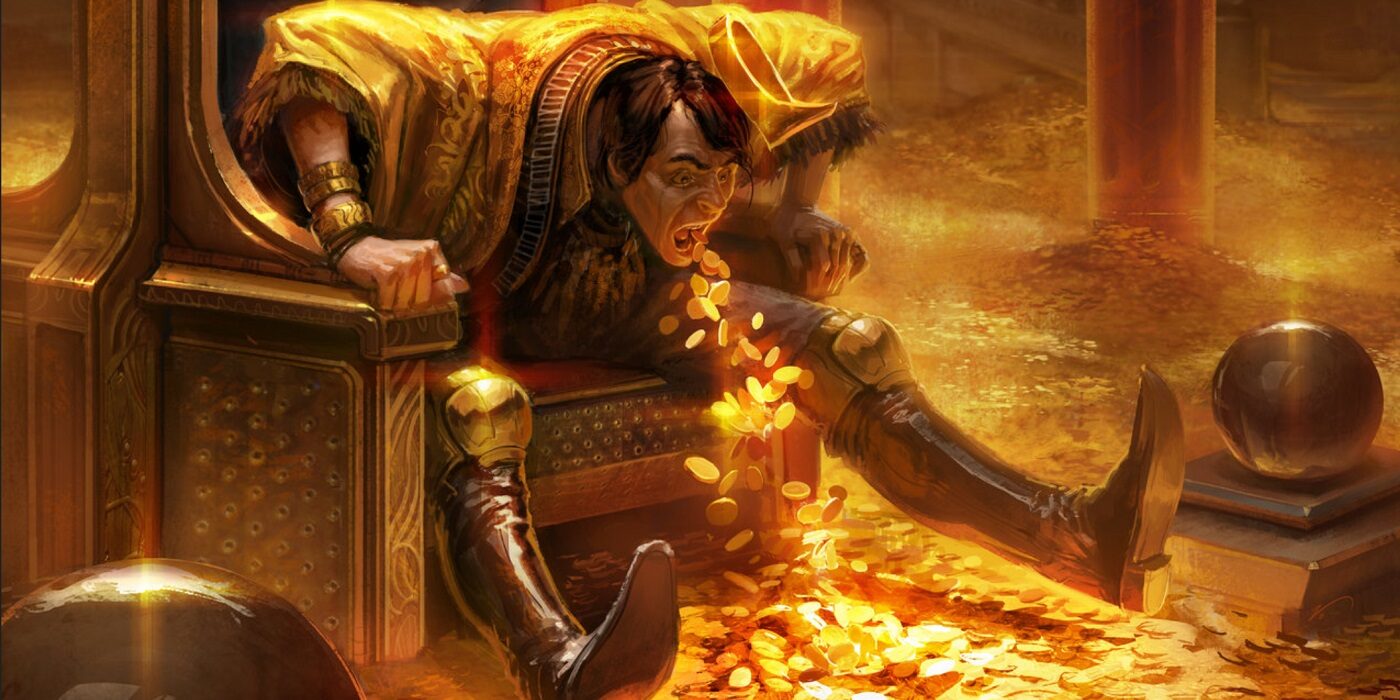
Also, I can’t help but wonder how many people worked on this book, which is good – it’s an amazing Player’s Handbook, and you can tell a lot of love went into it – but how many people put that love into the book are still at WotC? After cost-cutting layoffs from Hasbro gutted 1,100 people from across the company, including “almost everyone” who worked at WotC to get Baldur’s Gate 3 greenlit. And Baldur’s Gate 3 is the most significant success of D&D in the last decade. But those people are gone.
And that was already after the amazing success of Baldur’s Gate 3. The corporate mill turns, ever uncaring. Even ensuring that it was possible for a genre-defining work to happen, making the company millions isn’t enough to secure a job.
But Is It Worth It?
I mean, yeah. I think it’s going to be really interesting to see how the edition switchover happens, especially since there’s a lot more visibility about who’s playing what. For instance, what edition will Critical Role use? Will Dimension 20’s Brennan Lee Mulligan use? Will [insert your favorite D&D podcast here] use?
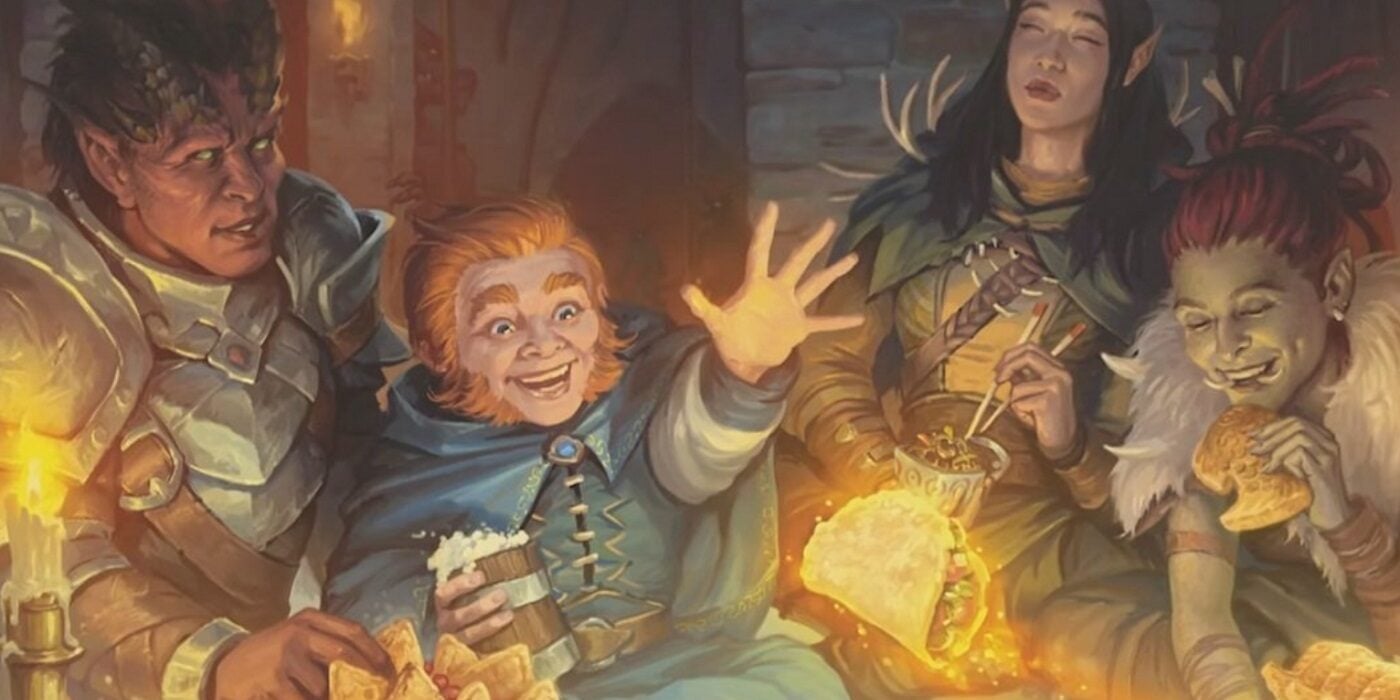
In many ways, that’s very exciting. Because the community is more open, more accessible, and more outspoken than it ever has been. Twice in the last two years, community outcry has made WotC change course, reversing one of the worst decisions the company made in the span of two uncomfortable months during which they lost a lot of goodwill, and then more recently, when WotC was going to update D&D Beyond to have the 2024 rules on by default, gating the “legacy rules” behind homebrew.
Playing D&D doesn’t happen in a vacuum anymore. It happens on a Discord server. But the point is, whatever you decide, switch to the new rules, don’t switch to the new rules, it’ll be your group that does it. And you’ll always be able to find someone wanting to play the way you want to.


